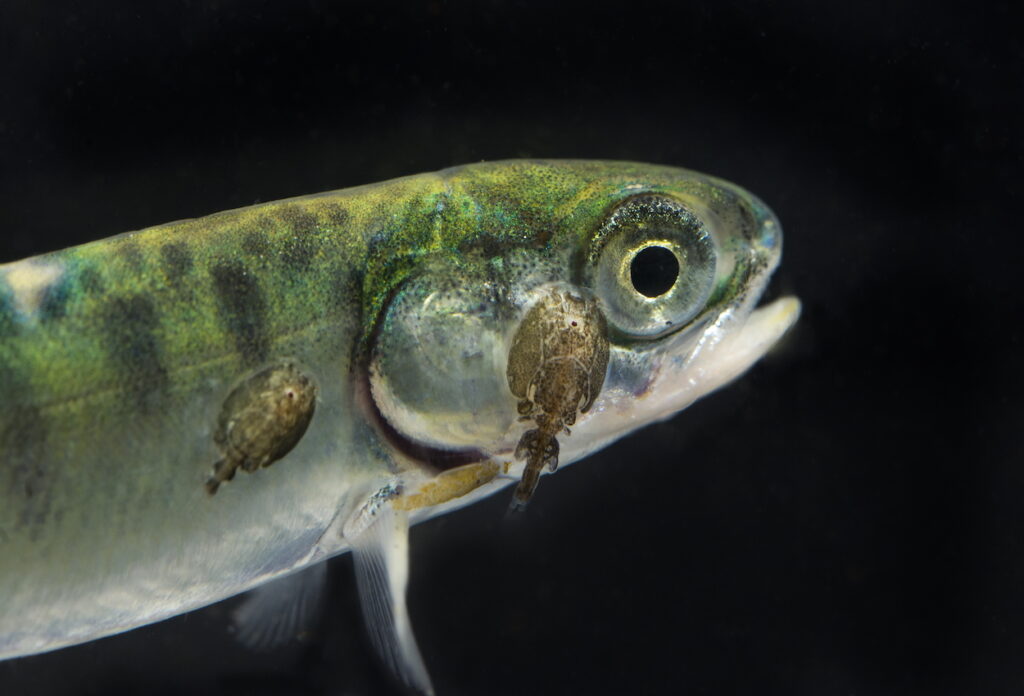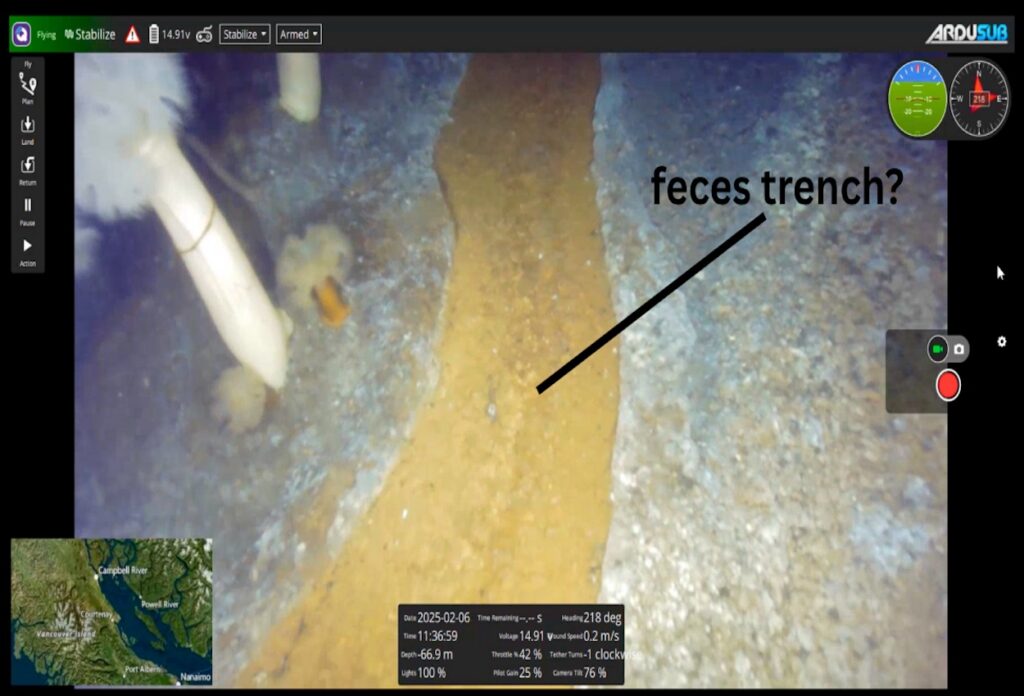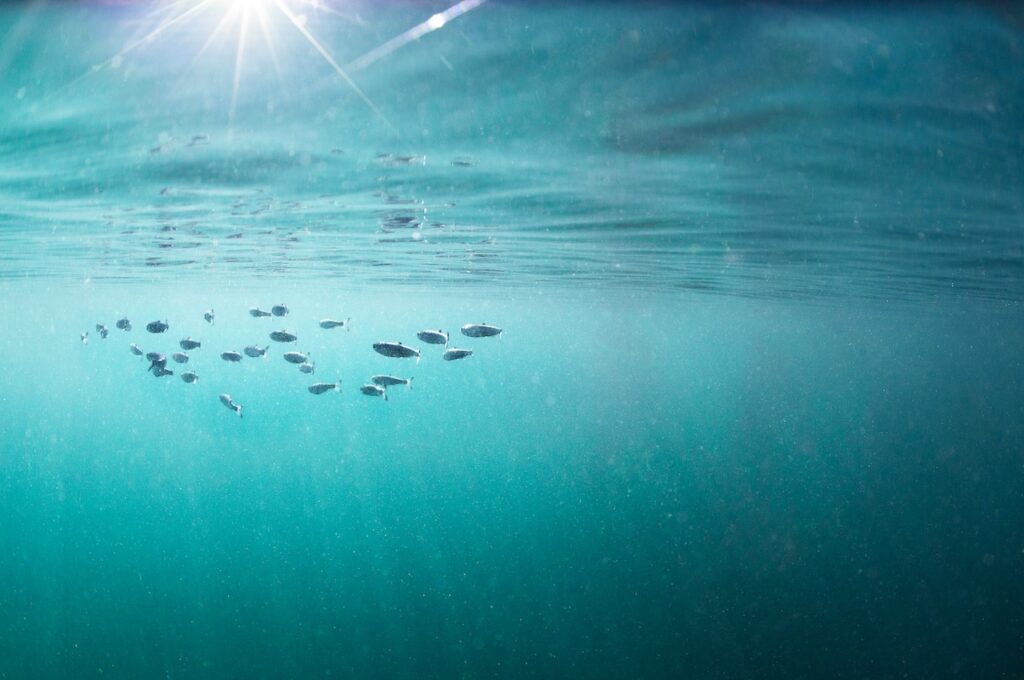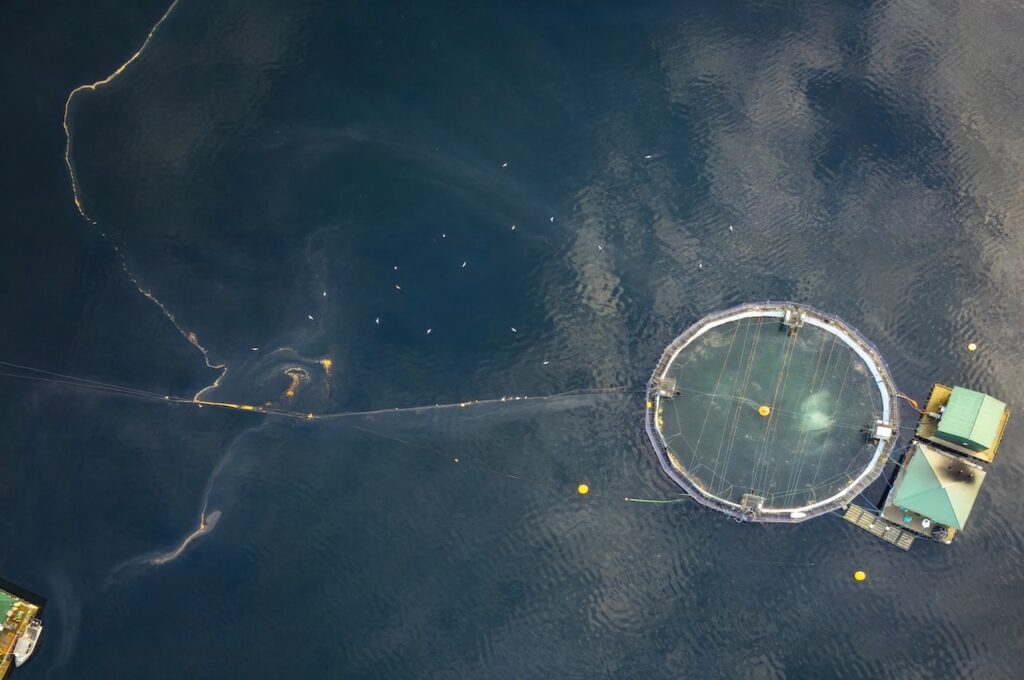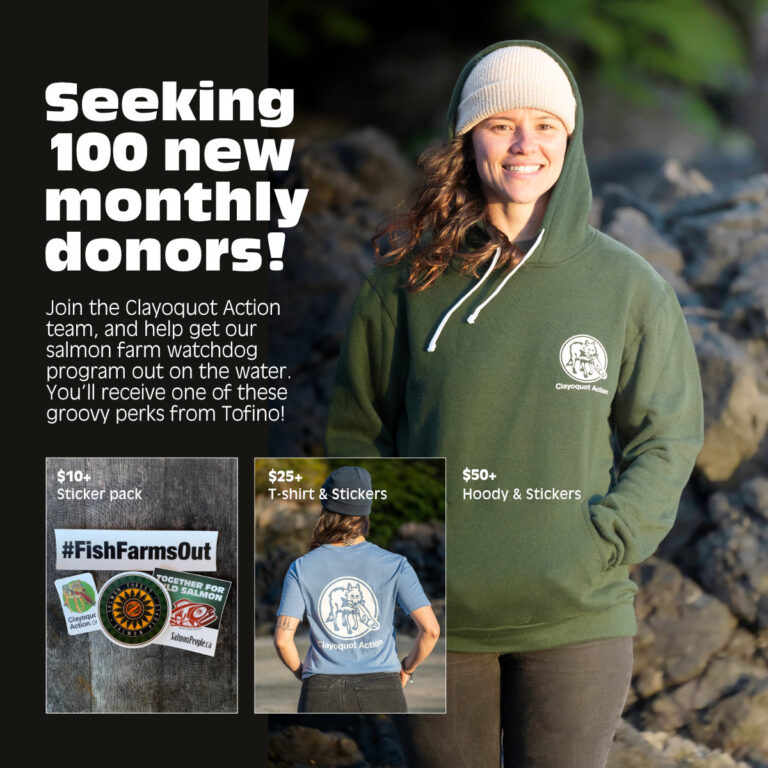The magic begins once you’re underway. You can’t plan for it, but you can prepare. I know this from personal experience, having been on several overseas environmental delegations to Japan and Germany in years past. It is no different this time with the Wild Salmon Delegation to Norway.
Love Locks Bridge
I was pleasantly surprised when our new friend Martin invited us to view spawning wild salmon in the heart of Oslo this morning.
Martin is a Phd candidate in philosophy at the University of Oslo. His studies are grounded in the work of the late Arne Naess, the Norwegian founder of Deep Ecology, which is the stream of thinking within which many grassroots conservation groups like Clayoquot Action operate. Specifically, Martin has been working for the last five years on his thesis about the relationship between wild salmon and humans in Norway and in the Pacific Northwest.
It was overcast and raining lightly when we arrived at the bridge. Sure enough, as we peered into the water below, we made out the familiar shape of a metre-long spawner. Having spent many days swimming Clayoquot Sound’s wild rivers for Canada’s Department of Fisheries, I am familiar with the look of an Atlantic salmon. But this was the first time I didn’t react with horror. This fish was not escaped from a salmon feedlot—it was rightfully indigenous to this creek.
As Martin explained, most residents of Oslo are unaware that wild salmon still persist in the city. But they face many challenges, including banks which are covered in brickwork, which affects the flow of the river. Dead trees which fall in the creek are not allowed to remain, as they naturally would. This sort of ‘coarse woody debris’ can cause the current to scour out pools which provide deep habitat for salmon to hide from predators. Logs can also cause gravel to accumulate upstream, providing spawning habitat.
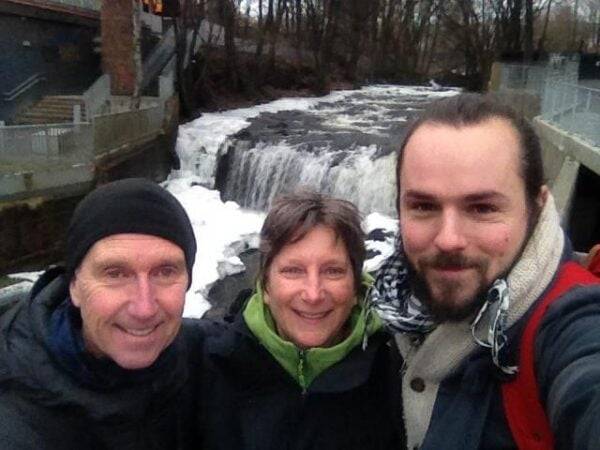
Re-wilding
Martin is a proponent of a philosophy called re-wilding: bringing wildness back to environments which have lost it, sometimes long ago. He dreams of one day seeing creekside murals celebrating the Akerselva’s wild salmon, daylighting culverted portions of the river, restoration of riparian vegetation, a festival celebrating the return of the spawners every Autumn.
Given half a chance, Nature bounces back, as we have seen in places like Yellowstone Park after wolves were reintroduced. As we walked the creekside path listening to mallard ducks and watching a grey heron, I was filled with hope for the Akerselva River—that one day Norwegian will reconnect with their relationship with wild salmon, and begin to value wild salmon more than the economic benefits of an industry which puts salmon at risk in Norway as surely as it does in Clayoquot Sound.
Dan Lewis is in Norway with Clayoquot Action’s Wild Salmon Delegation.
